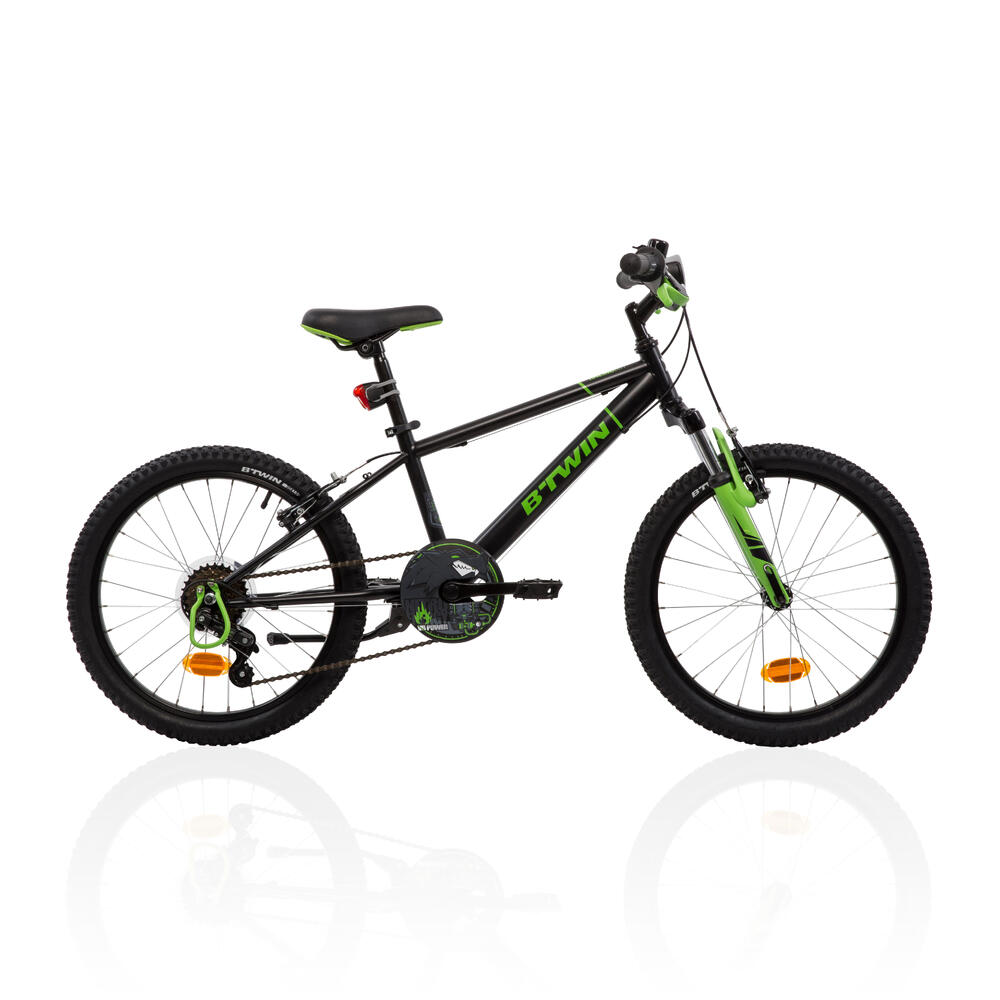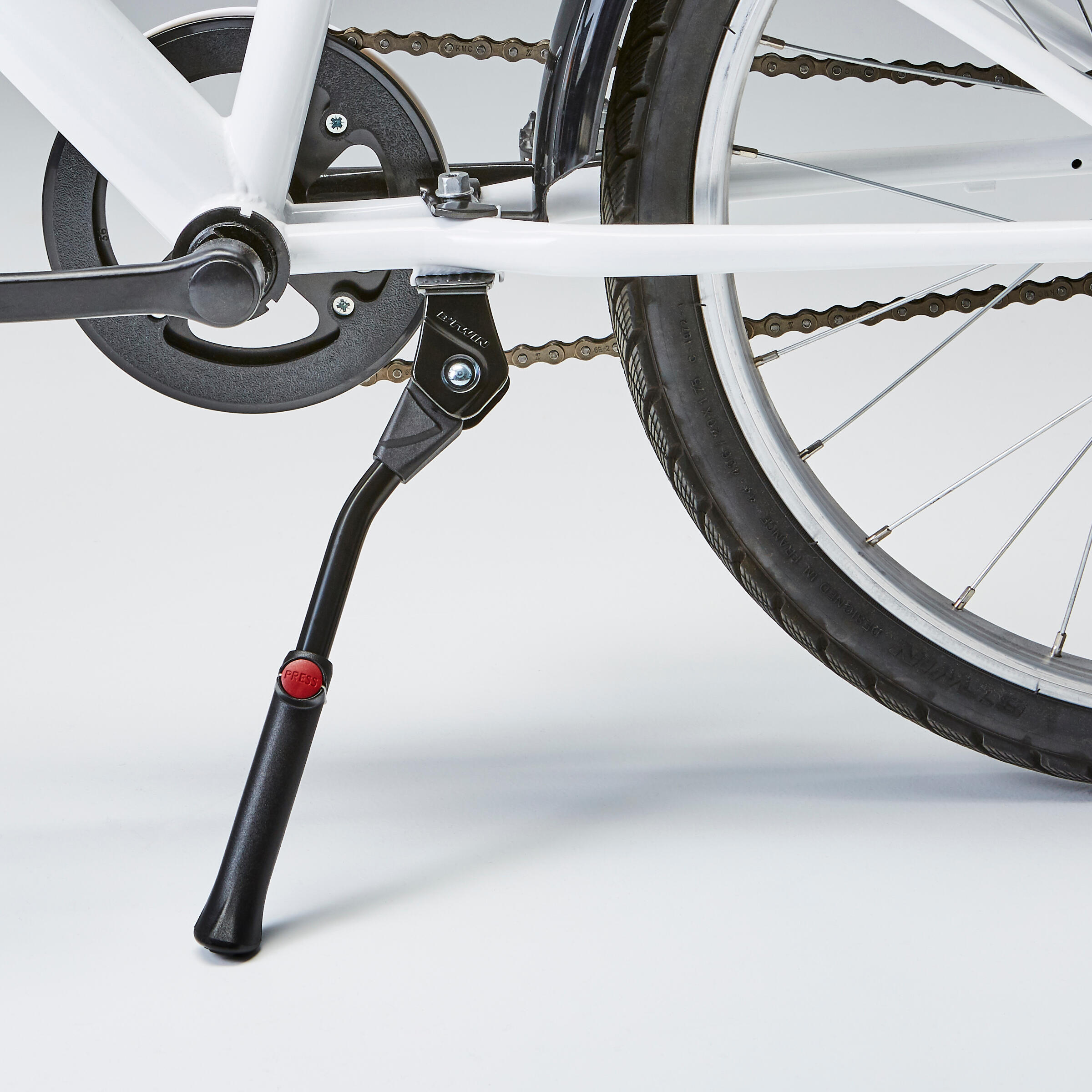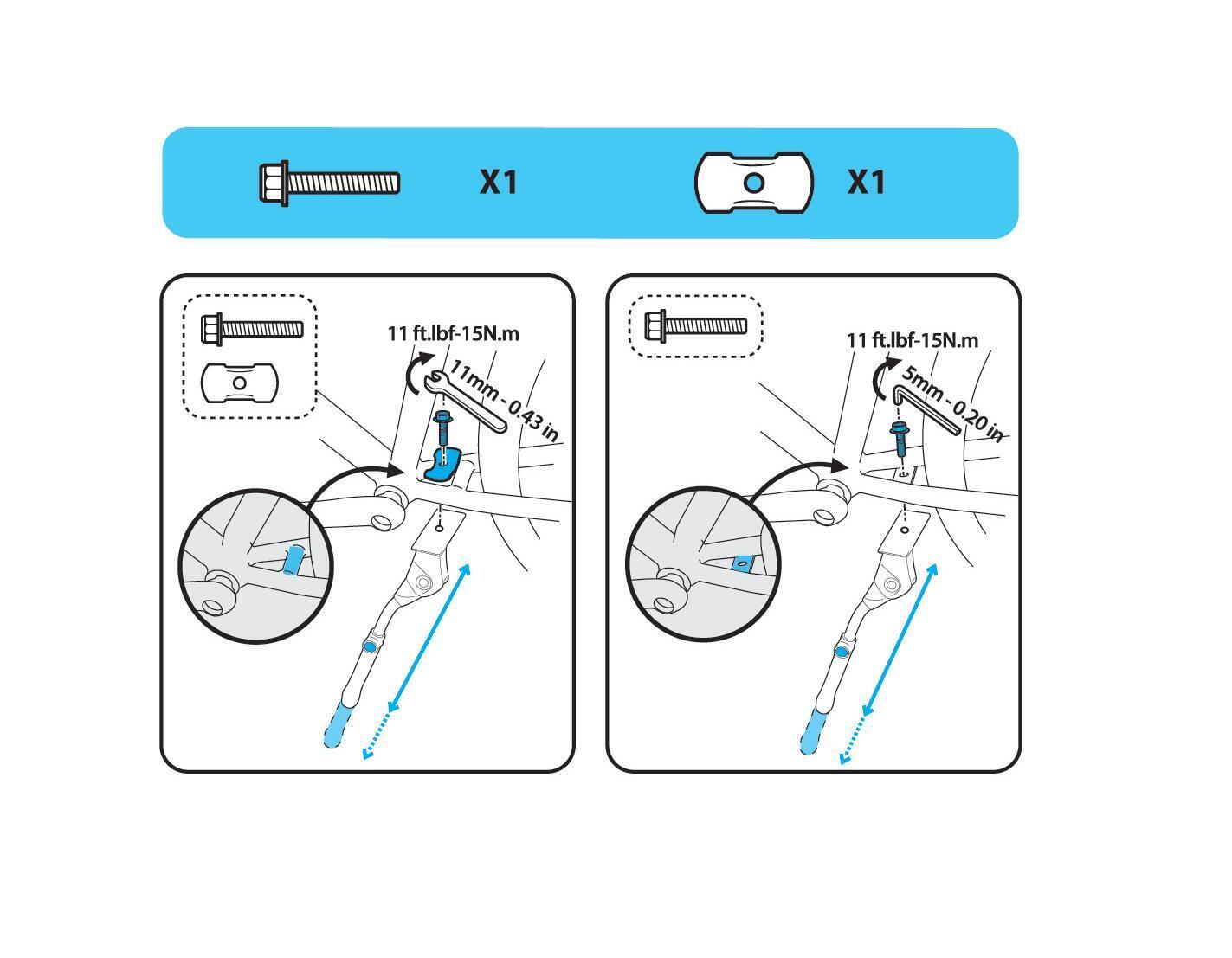ASSEMBLING THE 20" MOUNTAIN BIKE
Have you bought a 20" MTB on the internet?
Given the current circumstances, our teams are doing their utmost to deliver as quickly as possible. That means we've had to ship your bike without it being fully assembled. This video will show you how to put it together at home. Follow the guide!


